1. Johnny Appleseed (Real, but Embellished)
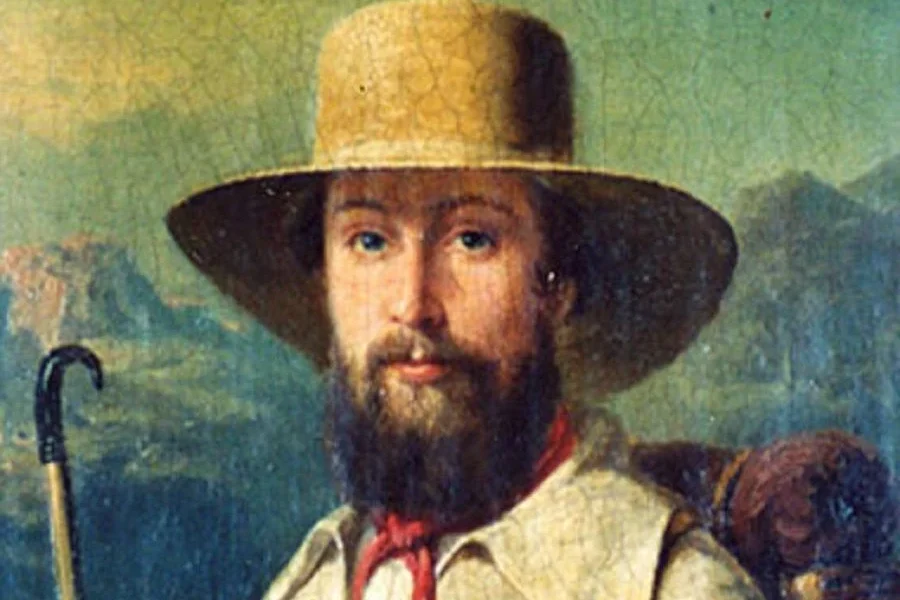
Johnny Appleseed wasn’t just a children’s storybook figure, he was a real man named John Chapman, born in 1774. He roamed barefoot across the Midwest, planting apple orchards that settlers would later rely on. His eccentric clothing, often described as a tin pot worn for a hat, and his deep religious faith gave him a mystical air. Families welcomed him for his generosity and knack for living off the land.
Today, he is remembered not only through legend but also with a real gravesite in Fort Wayne, Indiana, where locals celebrate his legacy each year. His orchards, both real and legendary, continue to inspire as symbols of simplicity and sustainability, reminding Americans of the frontier’s blend of practicality and mythmaking.
2. Davy Crockett (Real, Embellished)
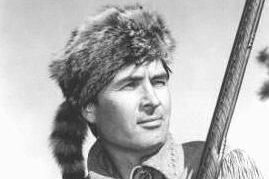
Born in 1786, David “Davy” Crockett was a frontiersman, soldier, and Congressman whose colorful life easily slipped into legend. Known for his wit and love of tall tales, his exploits were exaggerated in newspapers and on stage, painting him as a bear-wrestling hero. The truth is that Crockett’s achievements were already enough to make him famous, but his dramatic death at the Alamo in 1836 transformed him into an American icon.
His story has been retold so often that many forget he preferred to be called David, not Davy—yet the legend endures, larger than the man himself. (Note: the familiar images of Crockett are actually of actor Fess Parker, who famously played both Davy Crockett and Daniel Boone on TV.)
3. Annie Oakley (Real)

Annie Oakley’s shooting skills were so incredible that she seemed like a character out of fiction, but her talent was genuine. Born in 1860, she became the sharpshooting star of Buffalo Bill’s Wild West shows, amazing audiences by splitting playing cards and extinguishing candles with a single shot. While many of her feats have been mythologized, her real-life influence was just as powerful.
She used her fame to teach women marksmanship and advocate for independence at a time when that was rare, proving that skill and determination weren’t limited by gender. Oakley even toured internationally, impressing royalty and earning worldwide acclaim. Her life demonstrated how fact could be every bit as dazzling as fiction, keeping her legend alive long after her final performance.
4. Paul Bunyan (Folklore, Inspired by Real Workers)
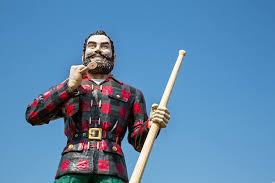
Paul Bunyan’s legend grew out of 19th-century logging camps, where lumberjacks passed the time telling stories about impossibly strong men. He was described as a giant whose footsteps carved rivers and whose ax cleared entire forests in a single swing. Though no person that size ever existed, historians believe the character was a composite of real lumberjacks known for their extraordinary strength and endurance.
The tall tales made him larger than life, transforming ordinary feats of hard labor into mythic adventures. Paul Bunyan remains a symbol of the rugged spirit and endless exaggeration of America’s frontier era, with Babe the Blue Ox at his side in statues and stories that still entertain today.
5. John Henry (Legend, Possibly Based on a Real Man)
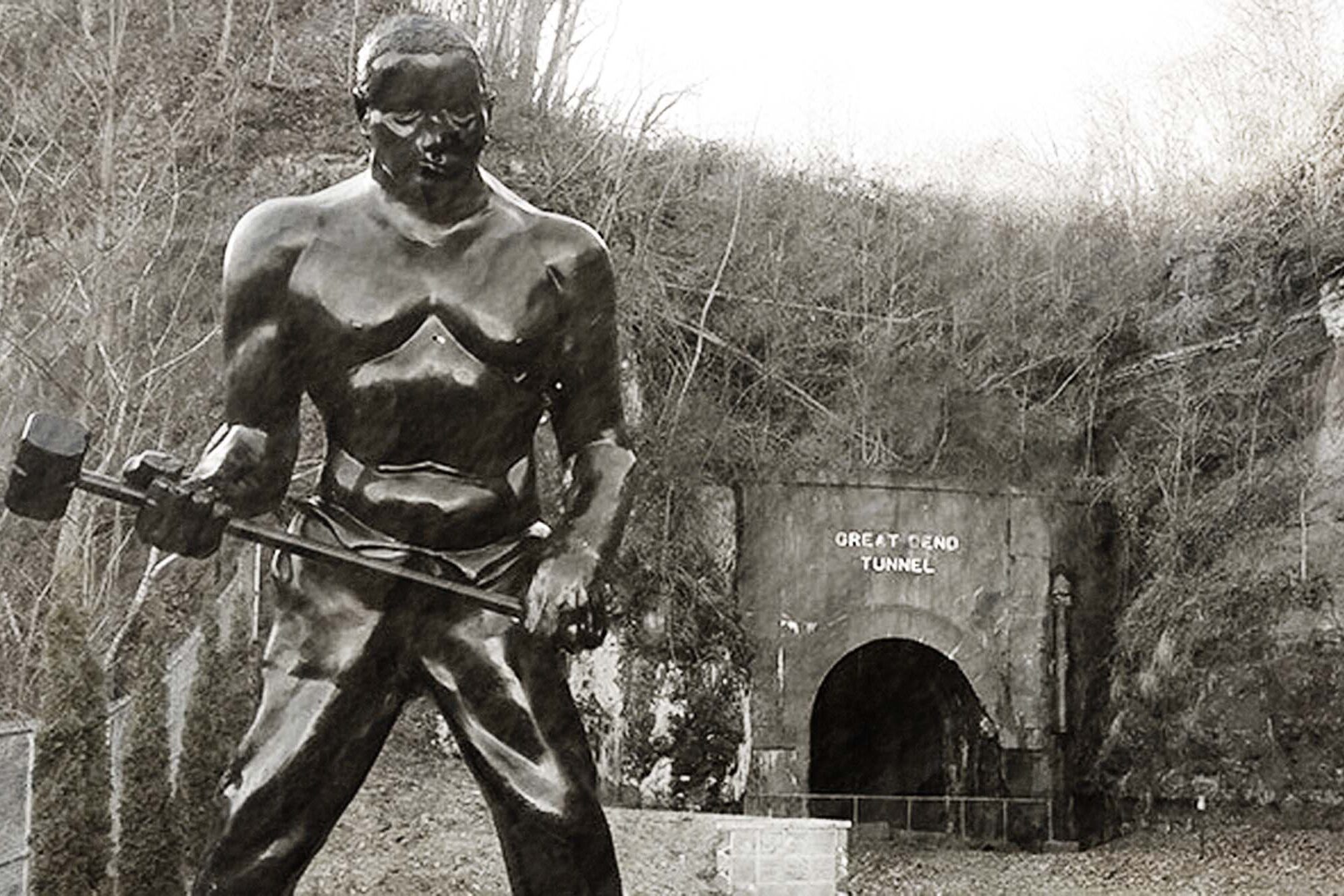
John Henry’s tale is one of strength, struggle, and sacrifice. According to legend, he raced against a steam-powered drill, proving human labor’s worth but collapsing from exhaustion after winning. Historians believe he may have been based on an African American convict laborer in the 1870s, working on railroad tunnels in the South.
Over the years, John Henry’s legend has inspired countless ballads, blues songs, and even modern literature, cementing him as one of America’s most enduring folk figures. Whether man or myth, he embodies the tension between flesh and machine in an age of change, a story that continues to resonate in a world wrestling with technology’s role.
6. Molly Pitcher (Composite Legend)
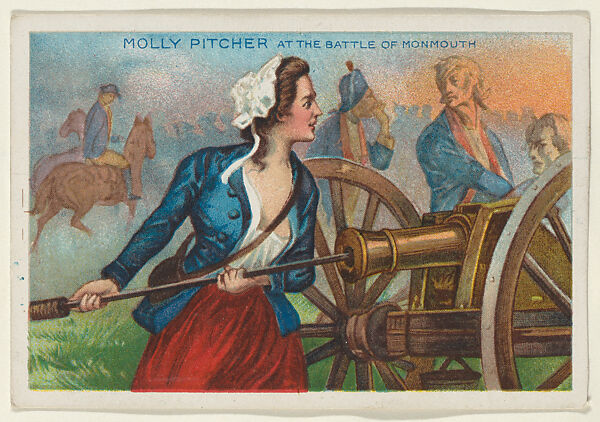
Molly Pitcher is thought to represent multiple women who stepped up during the Revolutionary War. Most famously, Mary Ludwig Hays carried water to soldiers and is said to have manned a cannon when her husband collapsed. Though not all details are verifiable, the legend highlights the crucial but often overlooked contributions of women in war.
Over time, Molly became more than a single woman—she became a patriotic symbol. Her name is now used for monuments, schools, and even military awards, representing courage and resourcefulness on the battlefield. She shows how a collective memory can elevate real acts of bravery into lasting legend.
7. Bigfoot (Legend, Still Debated)
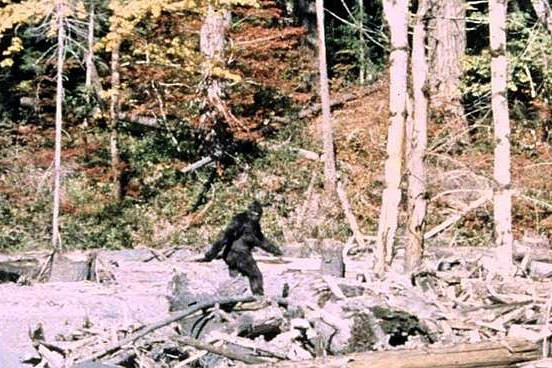
Bigfoot—also called Sasquatch—has lurked in American folklore for centuries, often described as a towering, hairy figure roaming the Pacific Northwest. Indigenous stories included similar creatures long before modern sightings. Though science dismisses Bigfoot as myth, misidentification, or hoax, blurry photos, footprints, and eyewitness reports keep the legend alive.
Skeptics argue such a creature couldn’t survive hidden, but believers point to mystery as proof itself. More than fact or fiction, Bigfoot has become a cultural icon—appearing in movies, roadside attractions, and countless campfire tales. He embodies the way Americans embrace wonder, even when certainty is impossible.
8. Daniel Boone (Real, Mythologized)
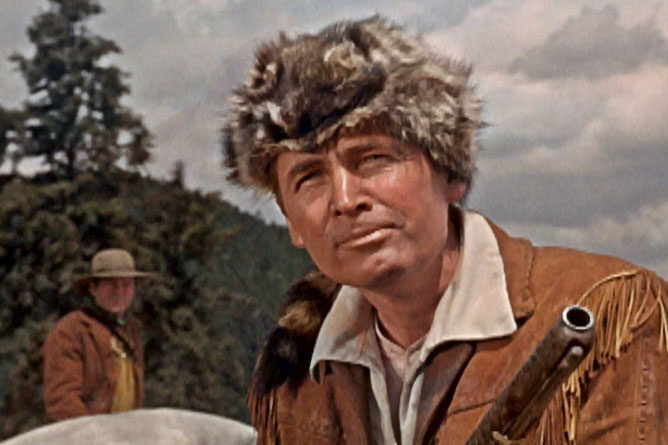
Daniel Boone was a real frontiersman, born in 1734, who became one of America’s earliest folk heroes. Known for blazing the Wilderness Road through the Cumberland Gap, he helped open Kentucky to settlement and became a symbol of exploration and rugged independence. Boone’s legend grew larger than life through books, stage plays, and television.
Many remember him from the 1960s TV series Daniel Boone (photo above), where actor Fess Parker—already famous for playing Davy Crockett—portrayed him in a coonskin cap, cementing the image of Boone in popular imagination. While Parker’s Boone was more polished than the real man, the stories helped keep alive the spirit of adventure Boone embodied.
9. Sacagawea (Real, Romanticized)
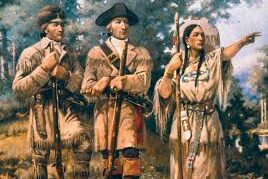
The Shoshone woman who aided Lewis and Clark has been immortalized as a symbol of guidance and wisdom. Sacagawea, born around 1788, truly did act as an interpreter and, in some cases, negotiator for the expedition. But later accounts elevated her role into near-mystical levels, overlooking the hardships she endured.
Her image has since appeared on monuments, stamps, and even the U.S. dollar coin, cementing her as one of the most recognized women in American history. Sacagawea’s story represents both the importance of Indigenous contributions and the way America reshapes history into inspiration.
10. Geronimo (Real, Mythologized)
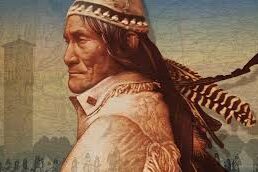
The Apache leader Geronimo fought fiercely against U.S. and Mexican forces, resisting encroachment on his people’s land. His daring escapes and defiance made him famous worldwide, and his name has since become shorthand for bold leaps of courage.
Over time, however, his image was commercialized—his name used as a paratrooper’s cry, a brand for products, and a catchphrase far removed from his real struggles. The myth often simplifies his complex life, but his resistance remains a powerful story of survival, identity, and the cost of cultural myth-making.
11. Jesse James (Real, Romanticized)
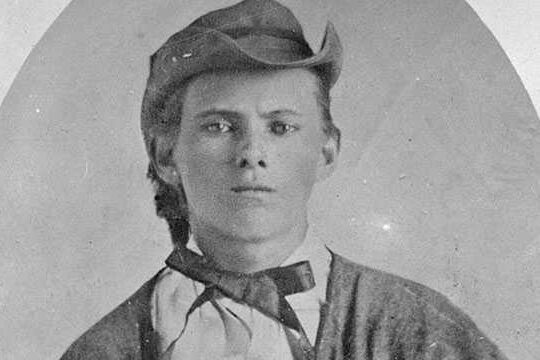
The outlaw Jesse James robbed trains and banks after the Civil War, but dime novels and newspapers often painted him as a Robin Hood figure. In reality, James was ruthless, but the legend that he stood for the common people against authority stuck. His death at the hands of Robert Ford only made his myth grow stronger.
Over the years, Hollywood films and popular ballads cemented him as the archetype of the American outlaw. Jesse James represents how easily fact and fiction blur when stories are retold—transforming a violent criminal into a folk hero remembered more for myth than reality.
12. Billy the Kid (Real, Embellished)
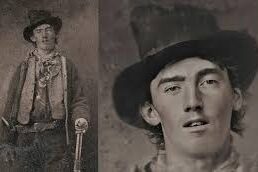
Henry McCarty, better known as Billy the Kid, became one of the most famous gunslingers of the Old West. Said to have killed 21 men—likely fewer in reality—he became the archetype of the reckless outlaw. His youth, charisma, and violent end cemented him as both villain and folk hero in the American imagination.
From early dime novels to modern films, Billy the Kid has been endlessly reimagined. His legend lives on not because of what he truly did, but because of what Americans wanted him to represent: youthful rebellion, danger, and the myth of living fast and dying young.
13. Wyatt Earp (Real, Embellished)
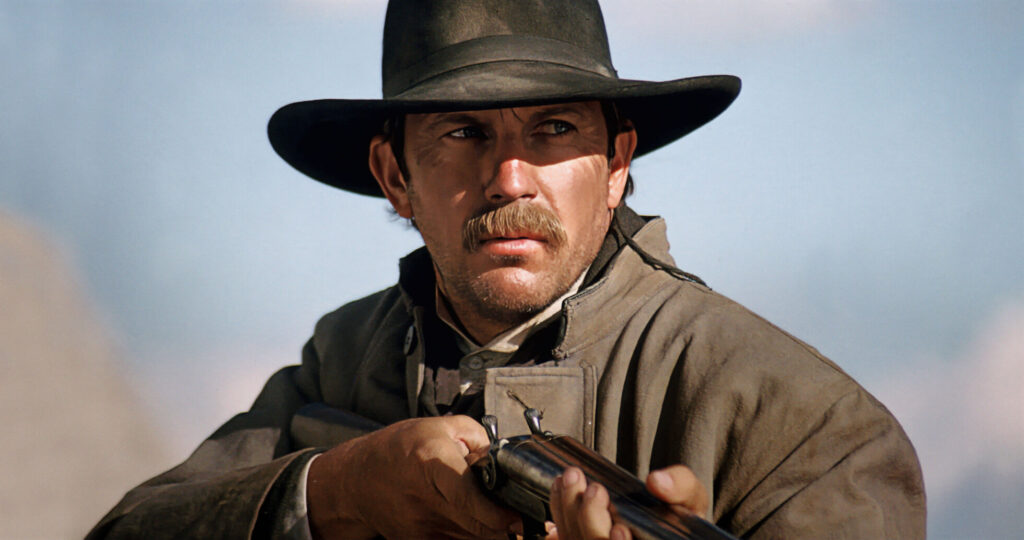
Wyatt Earp is one of the most legendary figures of the Old West—a lawman, gambler, and sometimes outlaw whose name is forever tied to the gunfight at the O.K. Corral in Tombstone, Arizona. In 1881, alongside his brothers and Doc Holliday, Earp faced off against the Cowboys in what became the most famous shootout in Western history. His life was full of contradictions—upholding the law at times, bending it at others—but his toughness made him larger than life.
Hollywood kept his legend alive in countless films, most notably Wyatt Earp (1994), where actor Kevin Costner (shown above) portrayed him with brooding intensity. Costner’s version highlighted both Earp’s flaws and his grit, presenting him as a man hardened by violence and haunted by its cost. Through such portrayals, Earp remains a symbol of the complex, often brutal reality of taming the American West.


